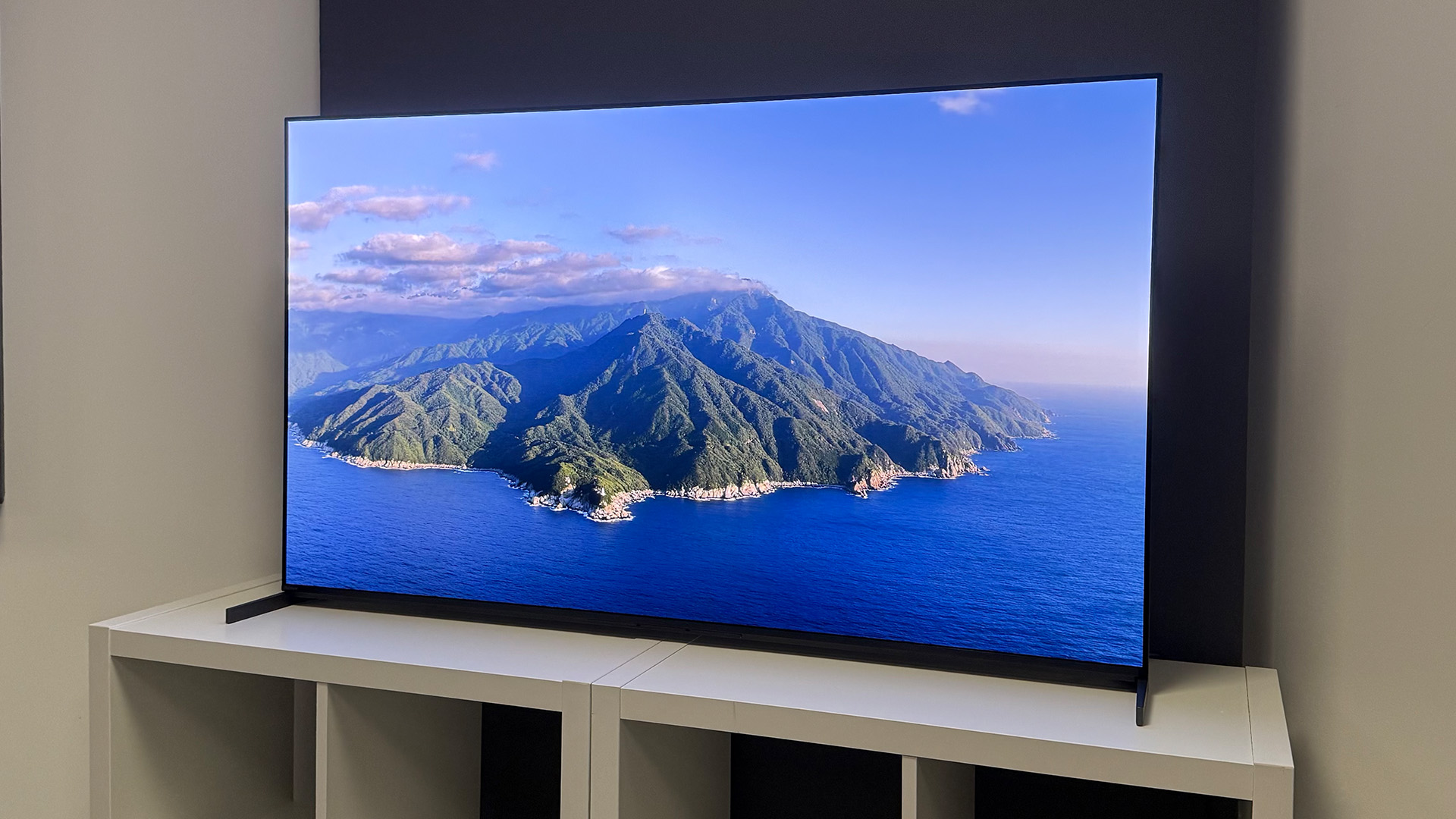Want to upgrade to a moving-coil cartridge? Ortofon's new MC X range could be the answer
Ortofon releases four affordable MC designs
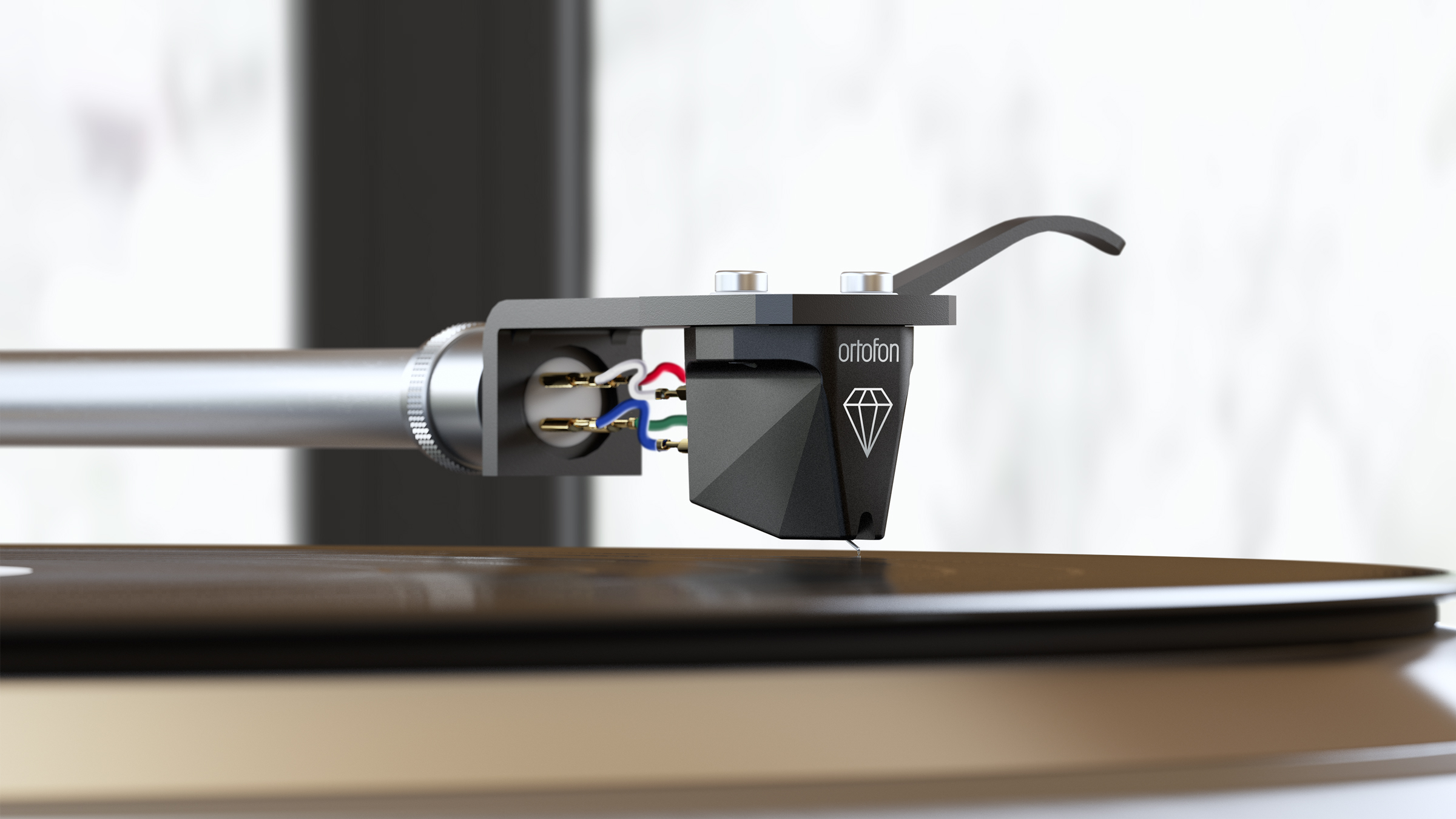
Ortofon has released the replacement for its long-running Quintet series of moving-coil cartridges.
The Danish cartridge specialist’s new MC X range consists of four models, the MC X10 (£269), MC X20 (£429), MC X30 (£599) and range-topping MC X40 (£875).
Every model shares the same generator system and housing, with their differences coming down to the type of stylus tip. The MC X40 uses a boron cantilever instead of the aluminium one found elsewhere in the series.
Ortofon’s engineers started with a fresh sheet of paper and have worked hard to push performance standards.
The foundation of the MC X models is a new honeycomb stainless-steel core to which the generator and housing attach.
It is made using Metal Injection Moulding technology, and reminds us a little of the design used in Ortofon’s futuristic, multi-thousand-pound MC-90X moving-coil design.
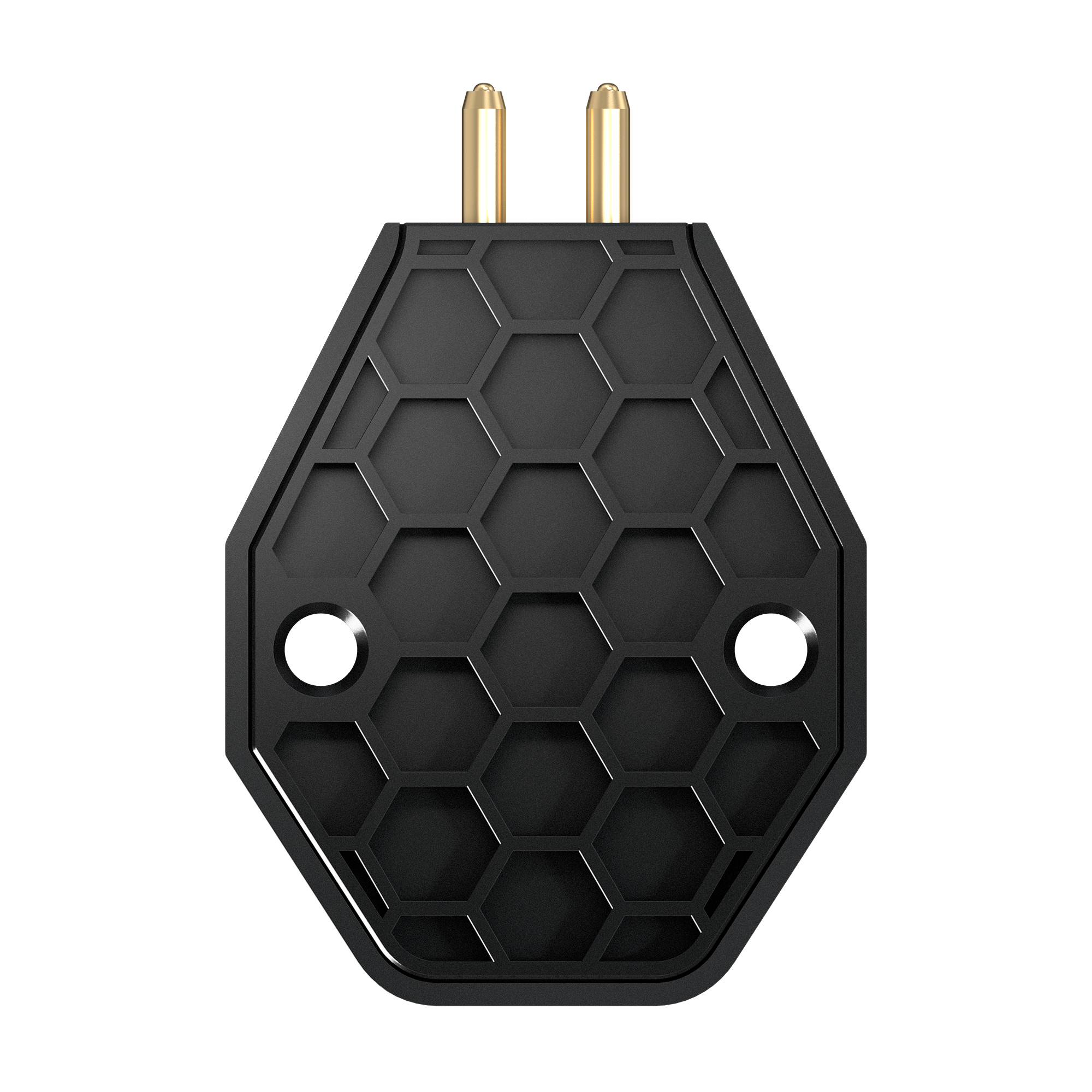
Each MC X cartridge features a newly developed magnet system and hand-wound coils made of ultra-thin, high-purity silver wire.
The latest hi-fi, home cinema and tech news, reviews, buying advice and deals, direct to your inbox.
Ortofon hand-builds every model and even makes most of the parts on site, including the rubber used for the cartridge’s suspension. This level of control ensures quality and allows the company to more easily optimise performance.
Looking at the specifications, you will find that all the models measure remarkably consistently, from the sensibly chosen output level of 0.4mV to the entirely conventional 2.0g recommended tracking force.
They aren’t particularly heavy either, at 8.6g, so they should work well in a wide range of tonearms. Electrically, a typical phono stage with an MC input loading of 100 ohms will work just fine.

This consistency reflects the cartridges' sound, too. We had a chance to compare all four in Ortofon’s listening room in Næstved, Denmark.
The company has an impressive reference system fronted by a Technics SL-1000R record player, feeding the phono input of a Mark Levinson No 523 /No 534 pre/power amplifier combination, which drives Focal Scala Utopia Evo floorstanders.
We start with the entry-level MC X10 and are surprised by just how good it sounds for the money. Of course, we aren’t familiar with the room or system, so any definitive judgments will have to wait until we can hear it in a more controlled environment, but our first impressions are hugely positive.
This cartridge sounds cleaner and more detailed than we expected, delivering the music – we used Eric Clapton’s Unplugged set – with finesse and good dynamic expression.
Changing to the MC X20, with its Nude Elliptical stylus tip (rather than the standard Elliptical tip of its cheaper sibling) brings improvements.
The MC X20 sounds more detailed, but more importantly it delivers a calmer, more mature presentation that allows us to dig deeper into the recording.
There is greater finesse here, too, and a more subtle rendering of instrumental and vocal textures. Simply put, the MC X20 gives a more grown-up and composed performance than its junior sibling, and more than justifies its price premium.
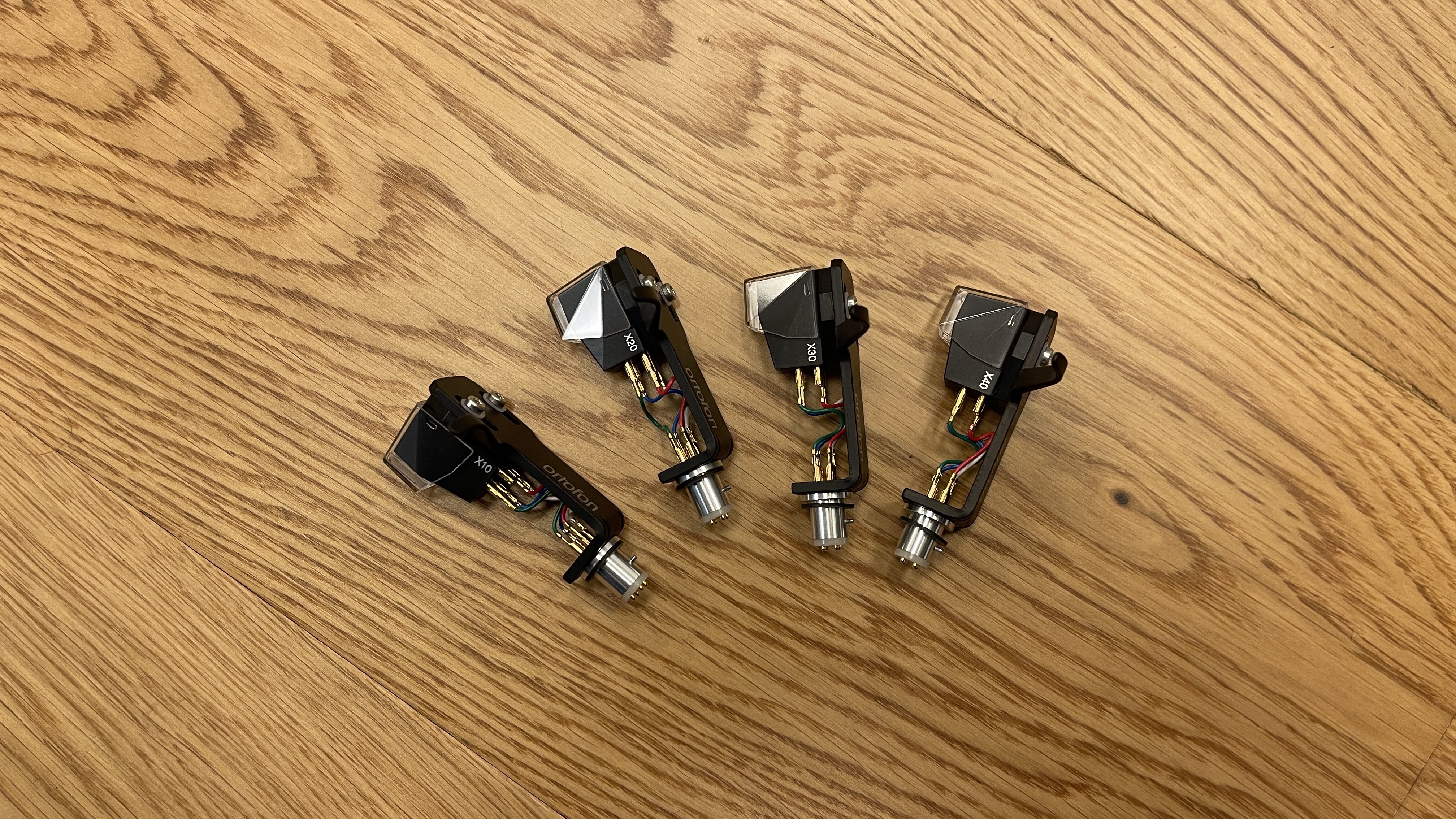
However, if your budget extends to the MC X30, you may consider making that leap. Once again, we didn’t have a huge amount of listening time, but our impressions are that this model might just be the sweet spot of the new range.
The technical change of the stylus tip to a Nude Fine-Line profile may not seem profound, but the sonic improvement that results certainly seems to be.
You’ll need a suitably talented turntable, of course, and a system that has the required transparency, but given these, it is hard to argue the value that the MC X30 brings.
Our notes mention significantly improved clarity, subtler dynamics and a greater sense of naturalness. This is a less showy performer than the more affordable cartridges in the series, but it is hard to argue against its improved insight, refinement and control.
This is the first model in the range that shifted our attention from the mechanics of hi-fi reproduction to the quality of the music being played. Indeed, anything that puts the spotlight firmly on the music and emotion gets our vote.
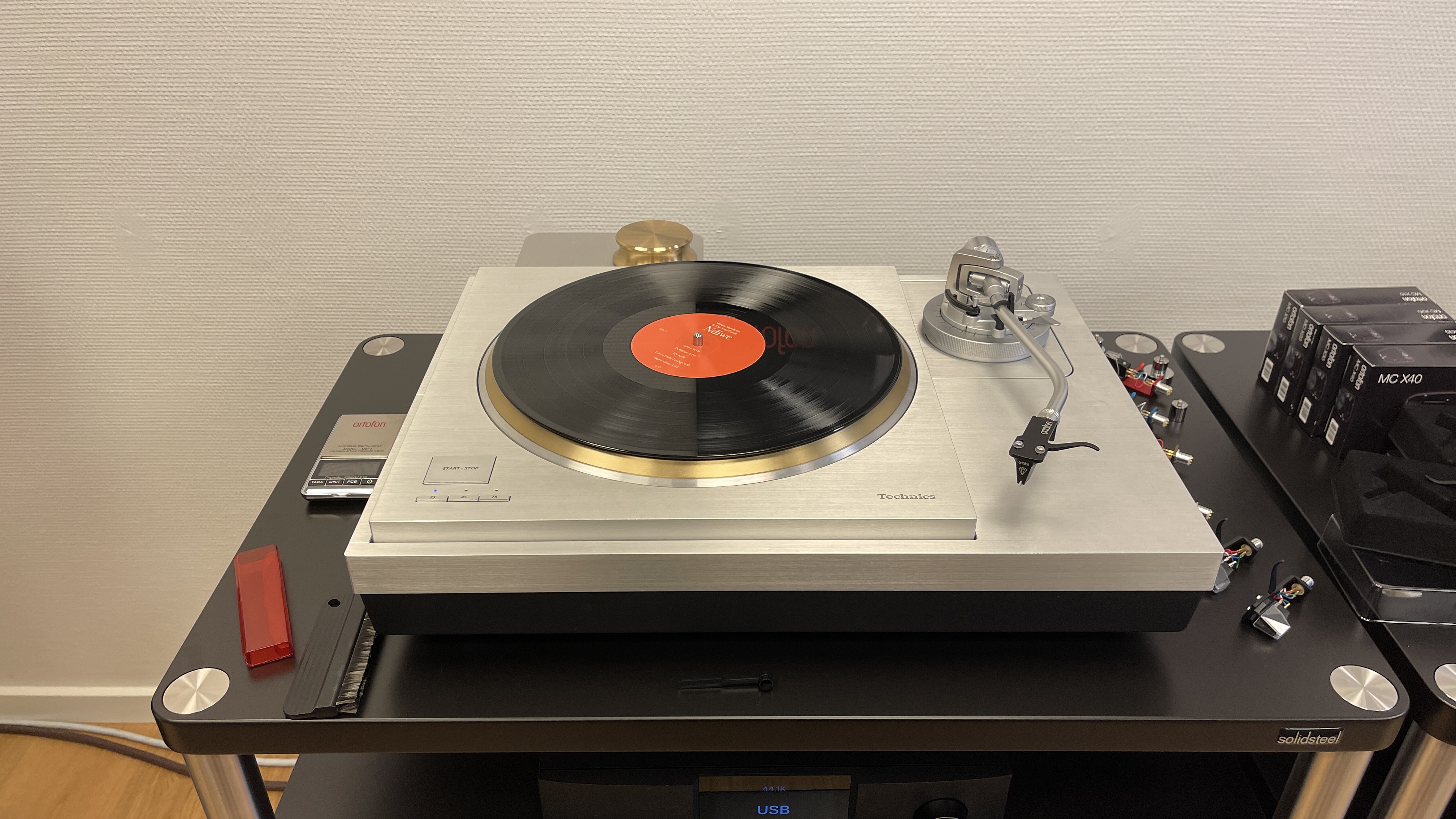
So, where does that leave the range-topper? In a system as capable as this, there is no doubt that the MC X40 digs even more out of the record groove. It renders a notably larger soundstage than the X30 and resolves even more detail.
The change of stylus profile to a Nude Shibata, and the cantilever material from aluminium to the more rigid Boron, certainly provides an obvious performance improvement.
While the relatively short time we spent listening to the cartridges leaves us unsure over whether it matches the ’X30 in terms of overall musical cohesion and engagement, there is no doubt that the range-topper is the more informative and even-handed performer.
It certainly paints sound with a finer brush, and we suspect that will be enough to get many people to tap the card. That said, the price gap between the two cartridges is fairly hefty.
Overall, it is fair to say that we came away from Ortofon’s demo with plenty of admiration for its new MC X range.
We are convinced that it is a proper step up from the much-respected Quintet series, and can’t wait to put the models through our comprehensive test procedure in our listening rooms.
MORE:
"A boron cantilever in a moving-coil cartridge priced below £1000... I think that’s pretty magic." Meet the driving force behind Ortofon's new MC X range
Check out the best cartridges we've tested across all budgets
Moving magnet vs moving coil cartridges: which is right for you?

Ketan Bharadia is the Technical Editor of What Hi-Fi? He has been reviewing hi-fi, TV and home cinema equipment for almost three decades and has covered thousands of products over that time. Ketan works across the What Hi-Fi? brand including the website and magazine. His background is based in electronic and mechanical engineering.
You must confirm your public display name before commenting
Please logout and then login again, you will then be prompted to enter your display name.
